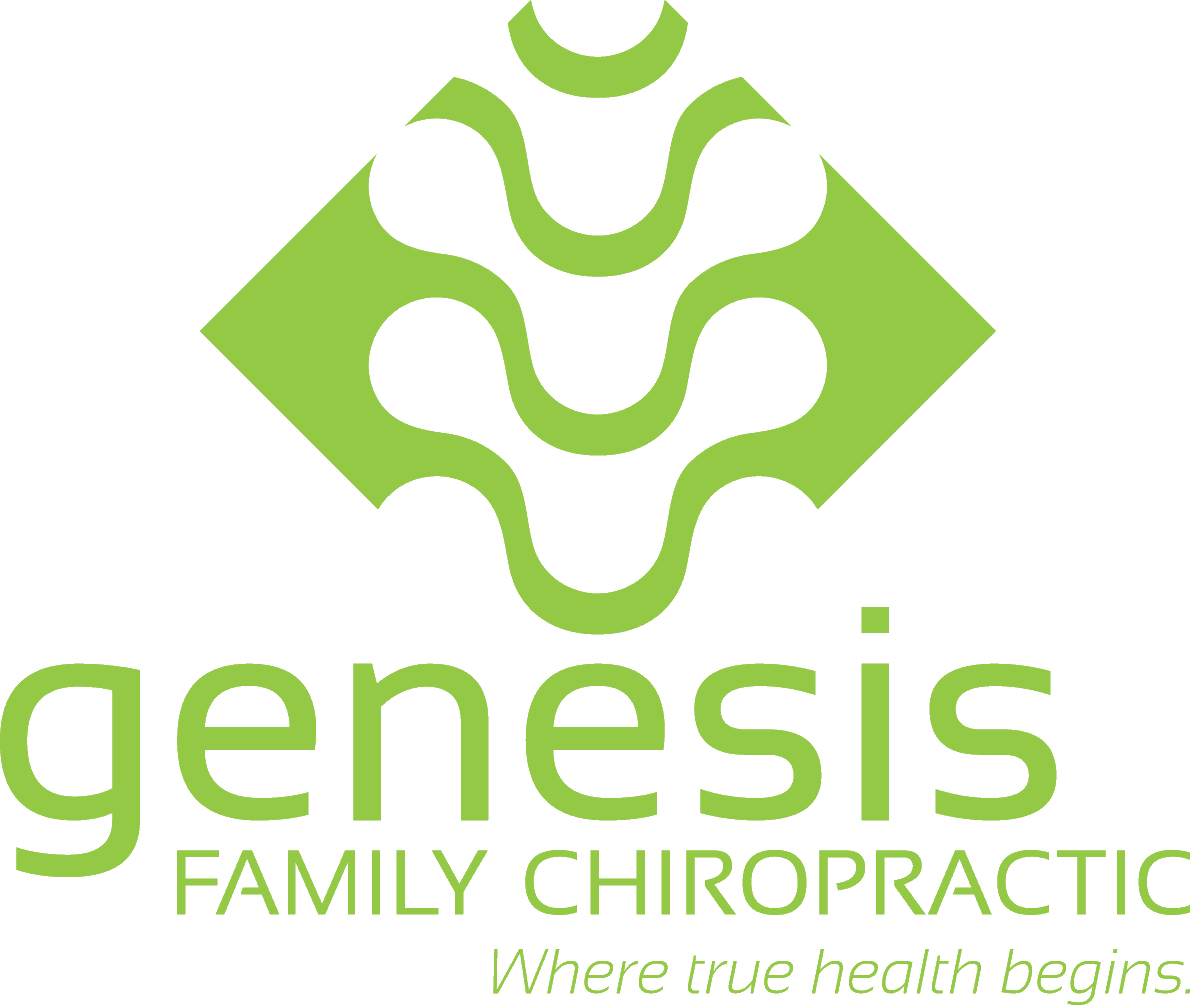People who don’t exercise regularly stand to lose up to 80% of their muscle strength by age 65. Exercising regularly is important for living a long and healthy life.
Starting to exercise isn’t always easy…especially if you’re going it alone. Going to the gym can be intimidating because it seems like everyone else knows what they’re doing and you’re just trying to figure out what machine works what!
You see, starting an exercise plan doesn’t require any fancy equipment or a gym membership to start getting fit. Many basic exercises build on one another, so it’s a good idea to master the form and movement of simple exercises before moving on to more complex exercises.
Dead Bug
One of the best beginner core exercises is the dead bug. This is an anti-extension exercise, so the goal is to resist overextension of the lumbar spine. In addition, this will help you maintain the correct posture in other exercises, especially more complex lifts like deadlifts or squats.
For this exercise, you’ll lie on your back before raising your legs and bending them to 90 degrees at the knee. You also need to lift your arms towards the ceiling. This is your starting position.
From there, slowly lower one leg to the floor while also straightening it out. You don’t want the leg to touch the floor; just hover above it. Then slowly return to your starting position.
Alternate your legs as you slowly complete the exercise. The slower you go, the more your core will feel the exercise.
You can increase the difficulty of this movement by moving the opposite arm to just the floor above your head. Try to keep your arms and legs in sync.
While doing this exercise, you should focus on using your abdominal muscles to flatten your lower back to ensure there isn’t a gap between your back and the floor. This will help you stabilize your core and improve your general posture.
Reverse Crunch
The reverse crunch is a great addition to your strength and core workouts as it focuses on strengthening the lower part of your core. Many conventional core exercises focus on the upper abdominals, leaving the lower ones out.
Reverse crunches are also a great building block as they can progress into leg raises or toes to the bar. This exercise slowly builds your muscles while ensuring your body gets used to the correct form, making these more advanced movements easier to master.
To do this exercise, you start off laying on your back with your knees bent at 90 degrees and your feet on the floor. Then you simply need to pull your knees up to your chest while also raising your hips off of the floor. You want to keep this movement as controlled as possible; otherwise, momentum will do all the work for you.
If you’re feeling unstable, you can start by placing your hands by your side to help you balance. As you master the movement, you can remove your hands, as your core will then need to work harder.
If possible, you should keep your feet from touching the ground when you return to your starting position. This will help you not kick-off, making the movement reliant on your core muscles. Also, focus on lifting your hips at the top of the movement to ensure you get the full range of motion (ROM).
Once the exercise gets easier, you can do the same movement but with straight legs to increase the difficulty.
Side Plank
Everyone has heard of a plank or tried to do one themselves. The side plank is a similar exercise that you need to stay in for as long as possible. This exercise focuses on your obliques and the muscles on the side of your abs, whereas the regular plank focuses on other core muscles.
While a side plank is an isometric hold, you can raise and lower your hips throughout the exercise. This makes it a dynamic exercise.
Side planks help you with stability. Since you’re mainly bracing your core throughout this movement, you’ll strengthen the muscles of your core while also training your core to remain stable during other movements.
Your form is important when doing planks. You need to keep your lower elbow directly under your shoulder for the entire exercise. You also need to lift from your hips when getting into position.
Your top arm can be used to help you balance, but keep it as still as possible.
You need to try to hold a side plank for as long as possible before starting on the other side. Don’t be discouraged if you can only keep it for a few seconds. If you continuously add this exercise to your ab workouts, you’ll start holding it for longer each time.
Core Exercises for Beginners Made Easy
When it comes to core exercises for beginners, your form is everything. You can add as much weight as you want or complicate the exercise as much as possible; if your form isn’t perfect, you won’t see the results. HOWEVER, DO NOT ADD weight to these exercises until you are comfortable and confident in doing them as written. Adding weight or complicating the exercise before you are ready to can set you up for injury. Remember to focus on your form with each of these movements.
Are you ready to get started on the path to a healthier, stronger you? Click here to schedule with Dr. Brian or Michelle to begin your journey to the YOU that YOU were designed to be.
